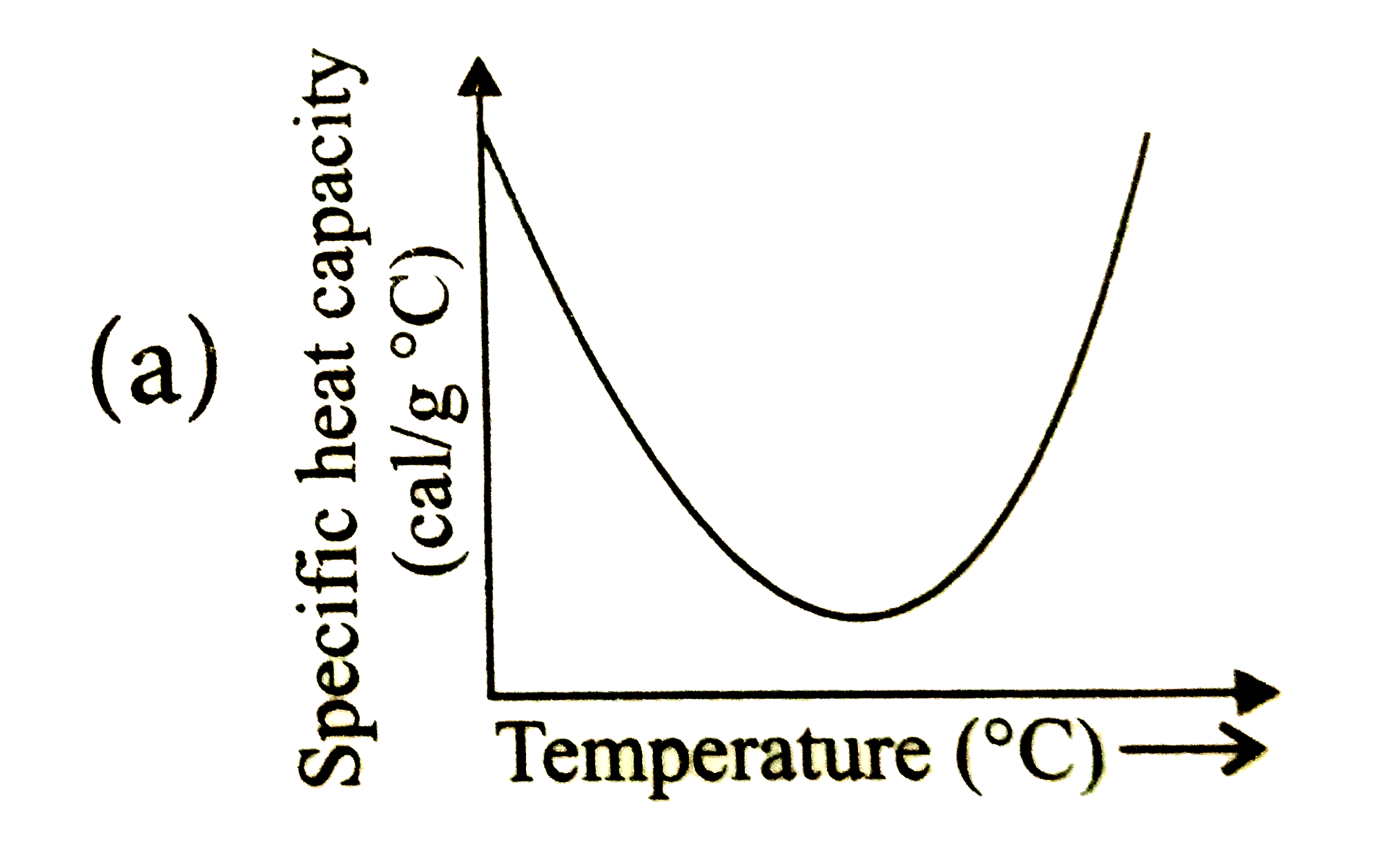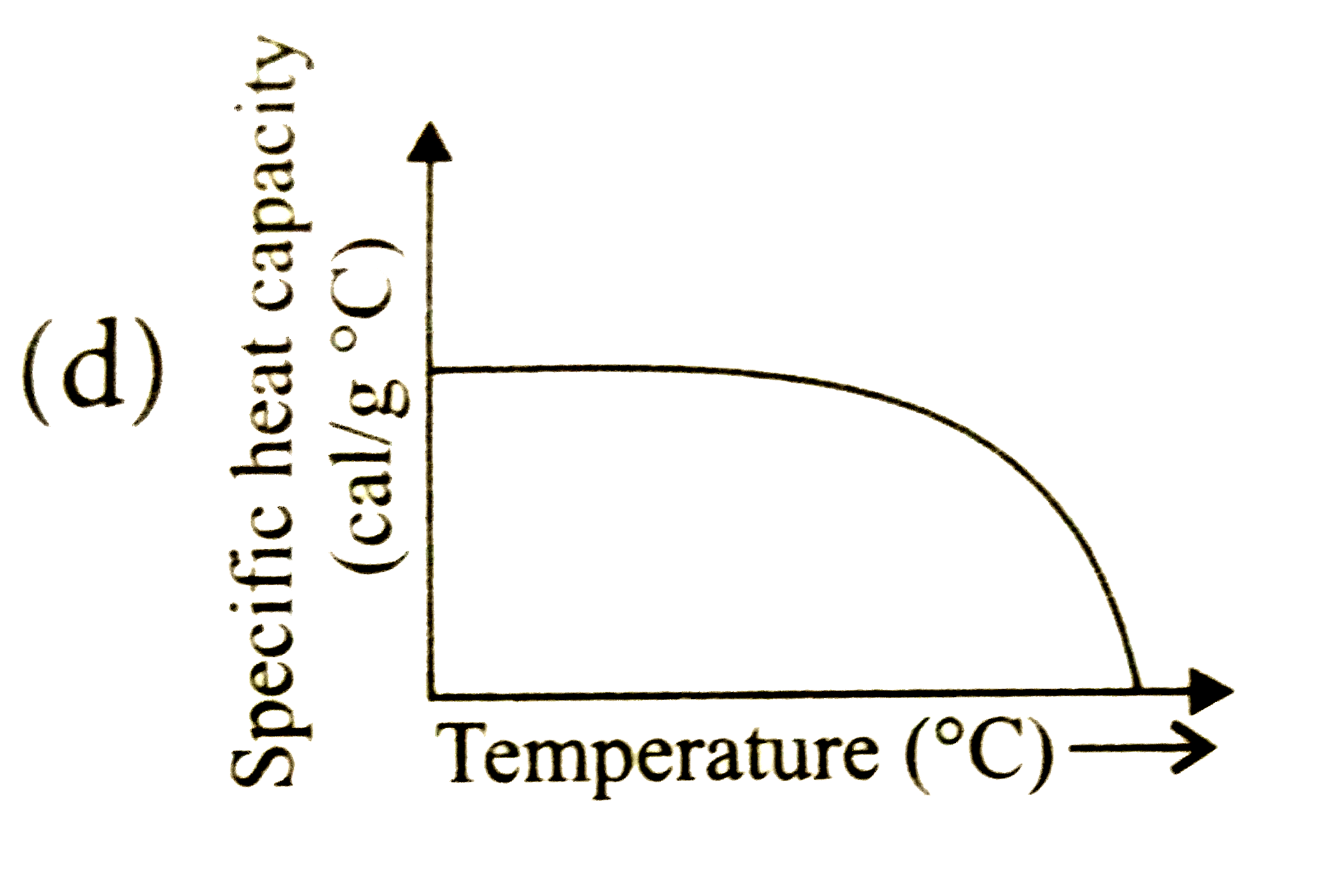Which one of the following shows crossing over and variations
Vegetative reproduction
Parthenogensis
Sexual reproduction
apomixis
The correct Answer is:C
Step-by-Step Solution:
1. Understanding the Question: The question asks which process shows crossing over and variations. We need to identify a reproductive process that involves these two aspects.
2. Identifying Key Terms:
- Crossing Over: This is a process that occurs during meiosis, specifically in prophase I, where homologous chromosomes exchange genetic material.
- Variations: This refers to genetic diversity that arises from processes like crossing over during gamete formation.
3. Linking to Reproductive Processes:
- Meiosis: This is the type of cell division that produces gametes (sperm and eggs) and is associated with sexual reproduction. It includes crossing over and leads to genetic variation.
- Sexual Reproduction: Involves the formation of gametes through meiosis, thus leading to crossing over and variations.
4. Evaluating Options:
- Option 1: Vegetative Reproduction: This is a form of asexual reproduction that does not involve gametes or meiosis, hence no crossing over or variations.
- Option 2: Parthenogenesis: This is the development of an organism from an unfertilized egg, which also does not involve gametes or crossing over, leading to no variations.
- Option 3: Sexual Reproduction: This involves meiosis, which includes crossing over and results in genetic variations.
- Option 4: Apomixis: This is the formation of seeds without fertilization, again lacking gametes and crossing over, resulting in no variations.
5. Conclusion: Based on the analysis, the only option that involves crossing over and variations is Option 3: Sexual Reproduction.
---
- Crossing Over: This is a process that occurs during meiosis, specifically in prophase I, where homologous chromosomes exchange genetic material.
- Variations: This refers to genetic diversity that arises from processes like crossing over during gamete formation.
- Meiosis: This is the type of cell division that produces gametes (sperm and eggs) and is associated with sexual reproduction. It includes crossing over and leads to genetic variation.
- Sexual Reproduction: Involves the formation of gametes through meiosis, thus leading to crossing over and variations.
- Option 1: Vegetative Reproduction: This is a form of asexual reproduction that does not involve gametes or meiosis, hence no crossing over or variations.
- Option 2: Parthenogenesis: This is the development of an organism from an unfertilized egg, which also does not involve gametes or crossing over, leading to no variations.
- Option 3: Sexual Reproduction: This involves meiosis, which includes crossing over and results in genetic variations.
- Option 4: Apomixis: This is the formation of seeds without fertilization, again lacking gametes and crossing over, resulting in no variations.
Similar Questions
Knowledge Check
- Question 1 - Select One
Which one of the following shows detritus food chain?
AOrganic waste → Bacteria → MolluscsBGrass → Insects → SnakesCPlankton → Small fishes → Large fishesDAll of the above - Question 2 - Select One
Which one of the following graphs represents variation of specific heat capacity of water with temperature?
A B
B C
C D
D
What is crossing over ?
View SolutionName the stage of cell cycle at which one of the following events occur
Crossing over between homologous chromosomes takes placeView SolutionWhich one of the following graphs in figure shows the variation of photoelectric current (I) with voltage (V) between the electrodes in a photoelectric cell?
View SolutionWhich one of the following graphs shows the variation of magnetic induction B which distance r from a long wire carrying a current ?
View SolutionCrossing over occurs at
View SolutionThe graph shown the variation with times t of the velocity v of an object . Which one of the following graphs best represents the variation of acceleration a of the object with time t?
 View Solution
View Solution

